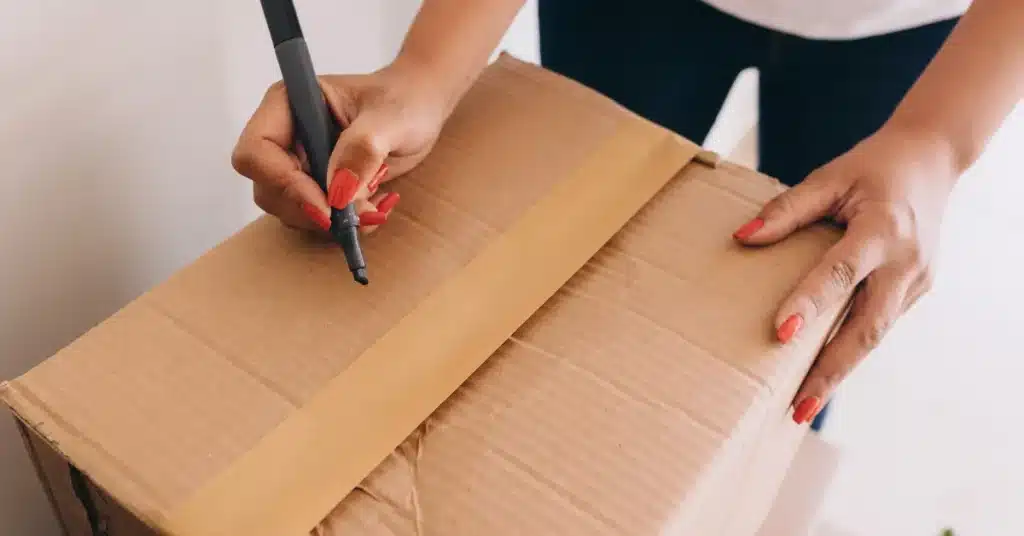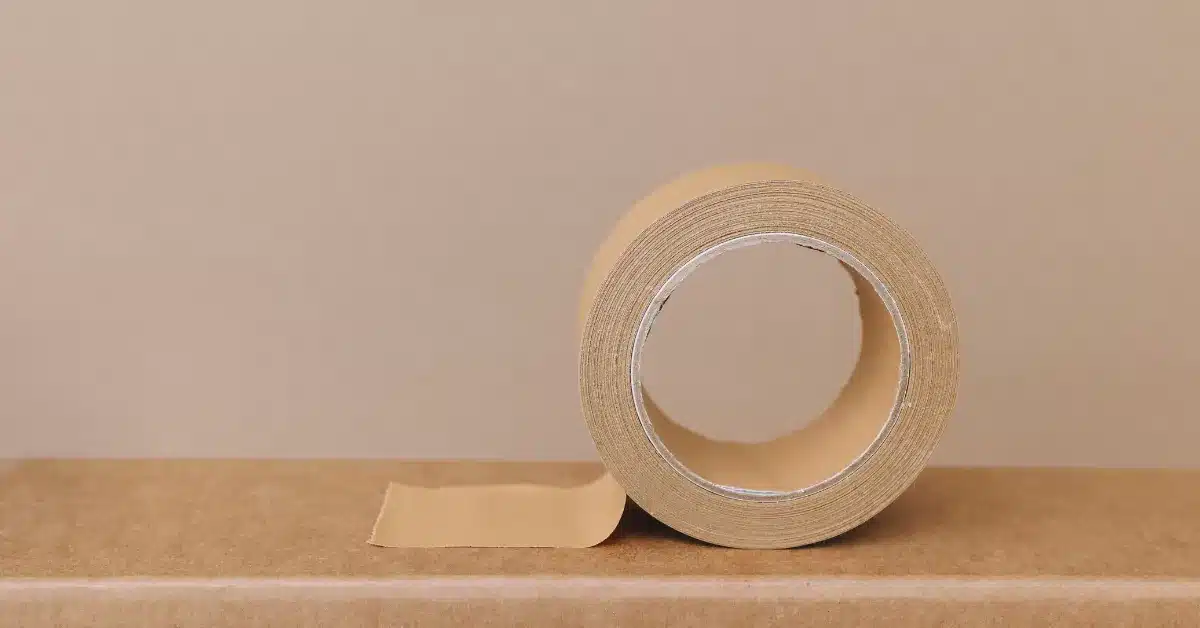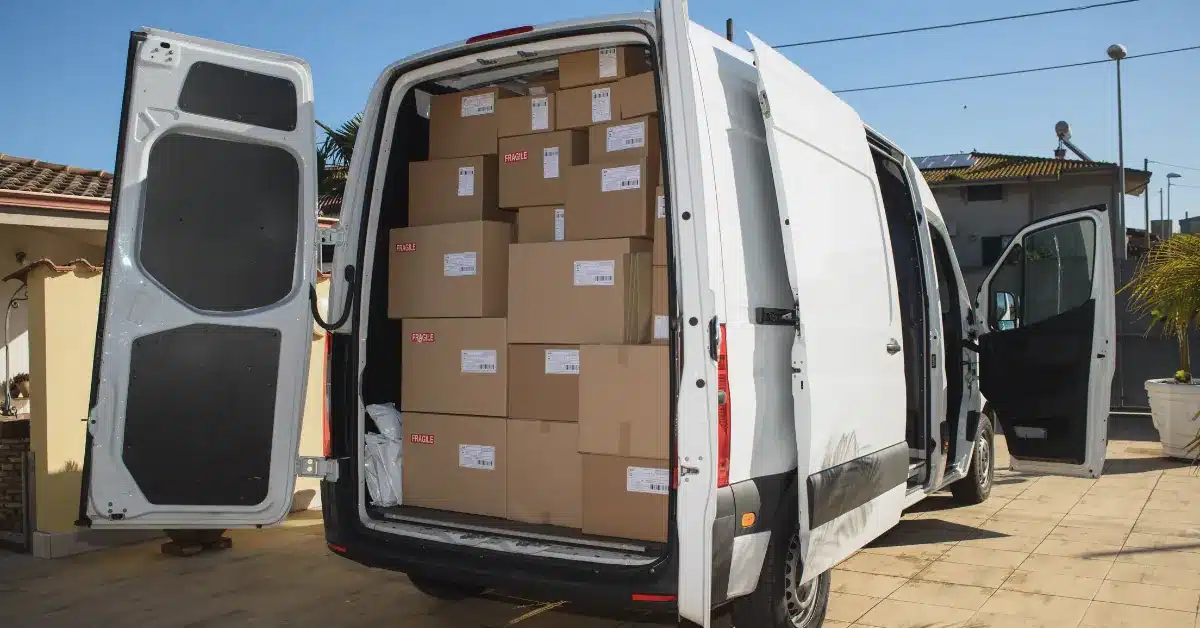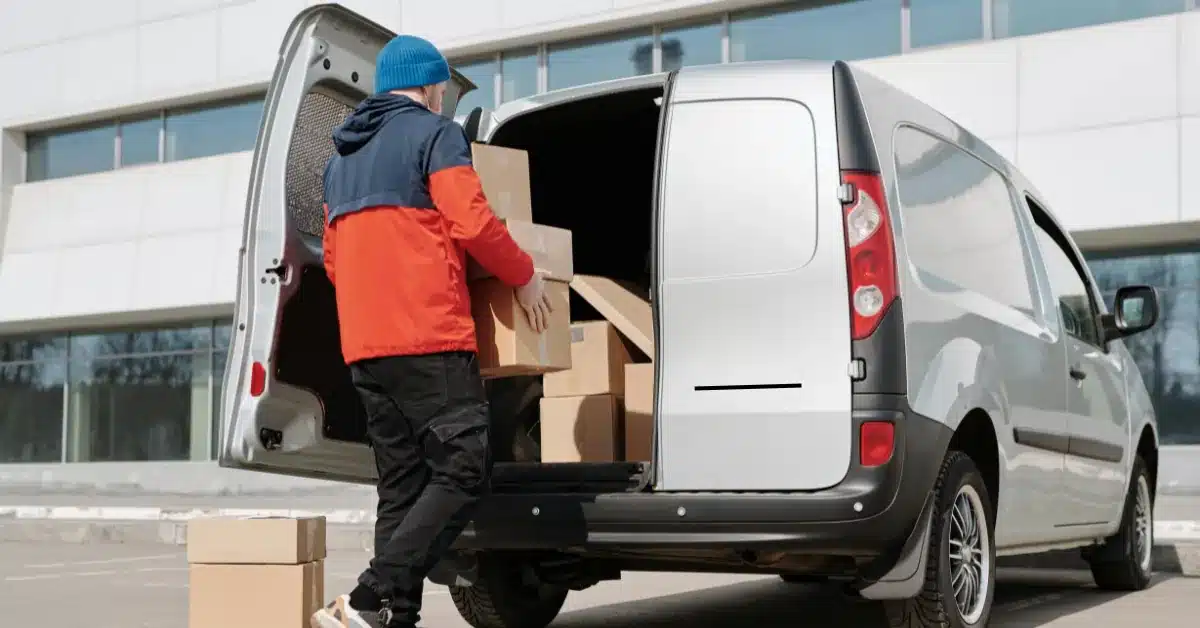Packing efficiently is key to a smooth moving experience. A structured room-by-room approach helps prevent last-minute stress and ensures everything is well-organized. Creating a moving checklist and following a packing timeline can make the process easier, whether you are moving locally or long distance. By using proper packing strategies and essential materials like moving boxes, bubble wrap, and labeling systems, you can protect your belongings and streamline your move.
Packing Supplies for a Smooth Move
Having the right packing materials ensures the safety of your belongings and makes unpacking easier. From sturdy moving boxes to an effective labeling system, using high-quality supplies helps streamline the moving process.
Must-Have Packing Supplies
Using the right materials, such as durable packing boxes, bubble wrap, packing tape, and furniture covers, prevents damage during transit. Consider wardrobe boxes for clothing and specialty boxes for fragile items to keep everything well-protected.
Using a Labeling System
A color-coded labeling system or itemized packing list helps identify contents quickly, reducing confusion when unpacking. Marking fragile items and indicating their destination rooms ensures a smooth transition.
Storage Solutions
If you need extra space before settling in, temporary storage solutions can be helpful. Decluttering before moving minimizes unnecessary items, making packing more efficient and reducing moving costs.
Room-by-Room Packing Guide for an Organized Move
Packing room by room ensures efficiency and keeps your belongings organized. Using the right packing techniques and storage solutions minimizes damage and makes unpacking easier.
Kitchen Packing
Wrap glassware, dishes, and ceramics in bubble wrap and use dish dividers to prevent breakage. Secure kitchen appliances with original boxes or padded wrapping, and use sealed bags for small parts like screws and attachments.
Living Room Packing
Disassemble large furniture pieces and wrap them in moving blankets. Use anti-static bubble wrap for TVs, gaming consoles, and sound systems. Keep cables and remote controls organized in labeled zip-lock bags.
Bedroom Packing
Use wardrobe boxes for hanging clothes and vacuum-sealed bags for seasonal items. Pack bed linens and pillows in clear storage bins for easy identification. Label dresser drawers to keep small essentials in place.
Bathroom Packing
Place liquids and toiletries in leak-proof containers and wrap fragile bottles in plastic wrap. Use small storage bins for medicines and grooming products, ensuring they remain upright and accessible.
Garage & Storage Packing
Secure power tools and sharp objects in sturdy toolboxes. Use plastic bins for holiday decorations, camping gear, and sports equipment. Label seasonal items clearly for easy retrieval in your new home.
Best Practices for Packing and Labeling Boxes
Packing efficiently and labeling correctly can save time and prevent damage. Implementing room-specific organization, space-saving techniques, and protective wrapping ensures a smoother move with the help of a reliable man and van service.

Categorizing and Labeling
Use color-coded labels and detailed markings to indicate the room each box belongs to. Mark fragile items clearly with “Handle with Care” labels and pack them in reinforced boxes for extra protection.
Packing Strategies
Place heavier items at the bottom and lighter ones on top to prevent crushing. Fill gaps with packing paper or foam peanuts to avoid shifting. Utilize vacuum-sealed bags for clothing and soft items to maximize space.
Safety While Packing
Wrap glassware, ceramics, and electronics in bubble wrap or foam padding. Use dish dividers and cardboard separators to prevent breakage. Secure each layer with packing tape and cushion the bottom of boxes with soft materials like towels or blankets.
Moving Day Essentials
Keeping essential items easily accessible on moving day ensures a smooth transition. A well-packed essentials box, secure storage for important documents, and proper coordination with movers can help avoid last-minute stress.
Packing an Essentials Box
Prepare a moving essentials box with daily necessities like toiletries, chargers, snacks, medications, and a change of clothes. Include a first-night survival kit with bedding, basic kitchenware, and personal care items to settle in comfortably.
Important Documents
Store passports, IDs, lease agreements, home deeds, and insurance papers in a secure folder or lockbox. Keep valuables like jewelry, cash, and sentimental items with you rather than in the moving truck.
Coordinating with Movers
If hiring professional movers, confirm arrival time, inventory, and payment details in advance. For DIY moving, follow a self-moving checklist, ensuring rental trucks, packing supplies, and helpers are arranged.
FAQs
Essential supplies include packing boxes, bubble wrap, packing tape, markers, and labels. Consider color-coded labels for each room to simplify the unpacking process.
Whenever possible, use the original packaging. Otherwise, wrap electronics in soft blankets or anti-static bubble wrap, secure them in sturdy boxes, and label them properly.
Sort items into keep, donate, and discard piles. Sell unwanted items online, donate usable goods to charities, and dispose of broken or unnecessary items responsibly.
Conclusion
A hassle-free unpacking process starts with organized packing and a structured approach. Using a room-by-room unpacking strategy ensures efficiency, while prioritizing first-day essentials like toiletries, kitchen basics, and bedding helps you settle in quickly. Whether you’re relocating a home or office, a well-planned moving checklist and labeling system streamline the transition, making your new space functional from day one.




